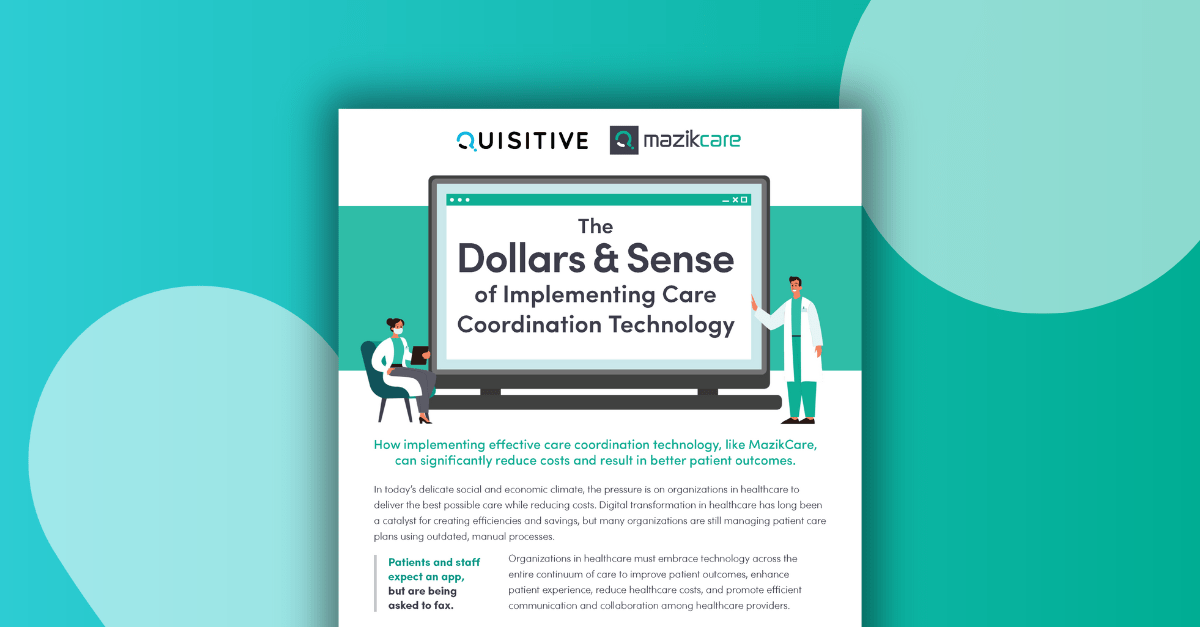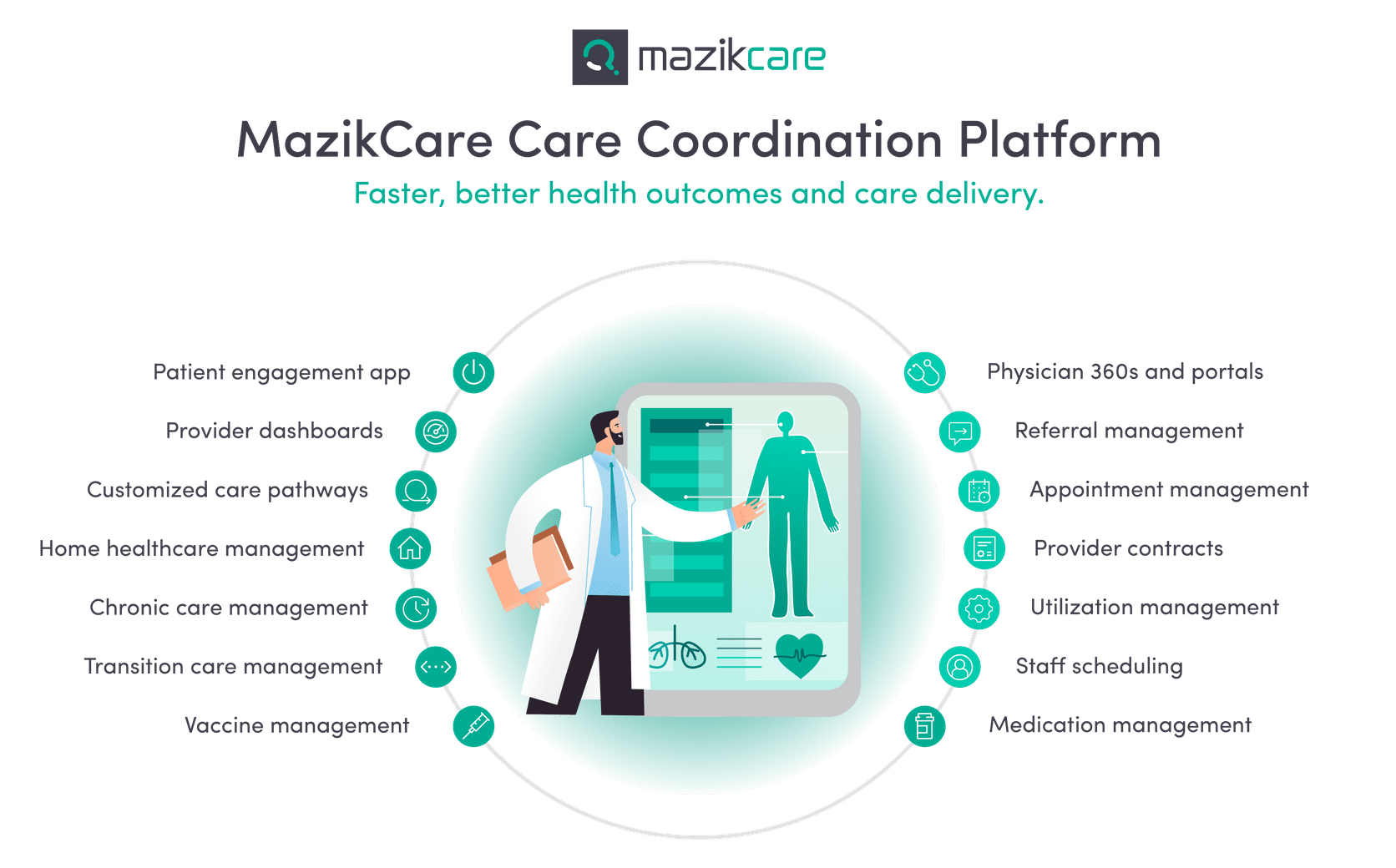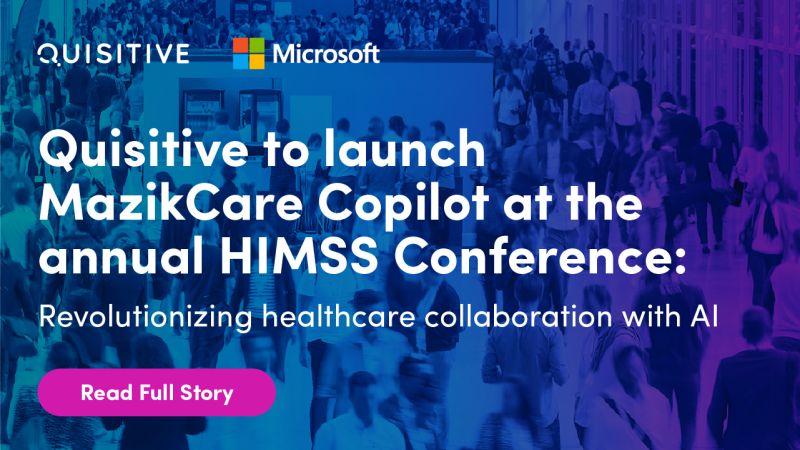;)

In today's world, healthcare is facing unprecedented challenges, and the stakes have never been higher. The demand for exceptional care is soaring, while the pressure to cut costs continues to mount. It's a balancing act that can make or break any healthcare institution.
Don't let your organization get left behind. Embrace the future of healthcare with care coordination technology, and reap the rewards.
Get the infographic now and begin your path towards digital transformation.
Create a Digital Bridge Between Patients and Care Teams at Every Stage of the Healthcare Journey

Unified Patient Records: Seamlessly integrate EMR data, lab results, and more for informed decisions.
Secure Collaboration: Real-time team communication for better outcomes and cost savings.
Care Plan Management: Personalized plans, progress monitoring, and treatment adherence.
Engage Patients: Empower patients with self-assessments, scheduling, and medication plans.
Analytics & Insights: Data-driven decisions, identifying care gaps, and resource optimization.



